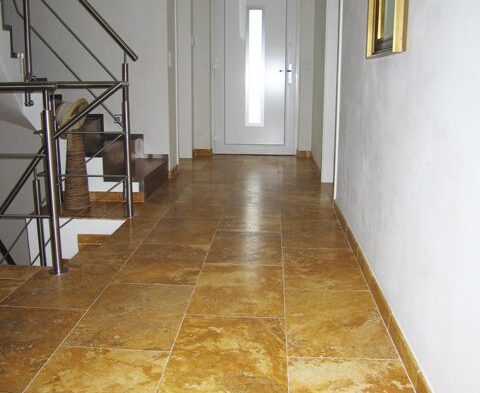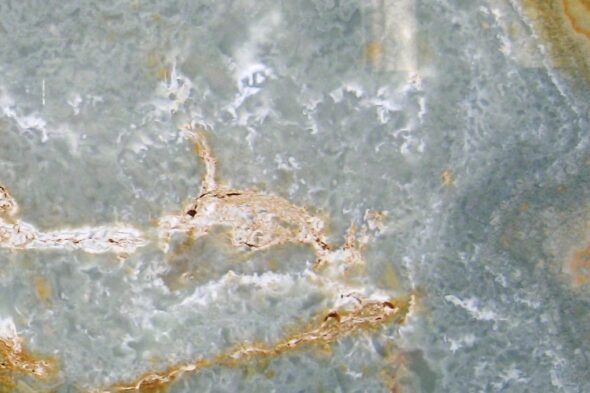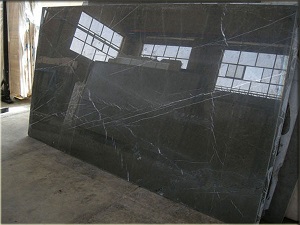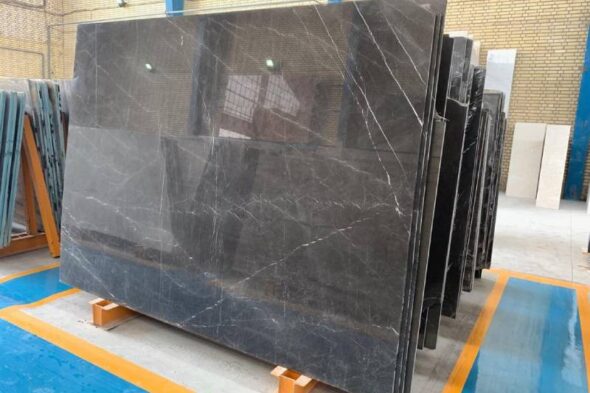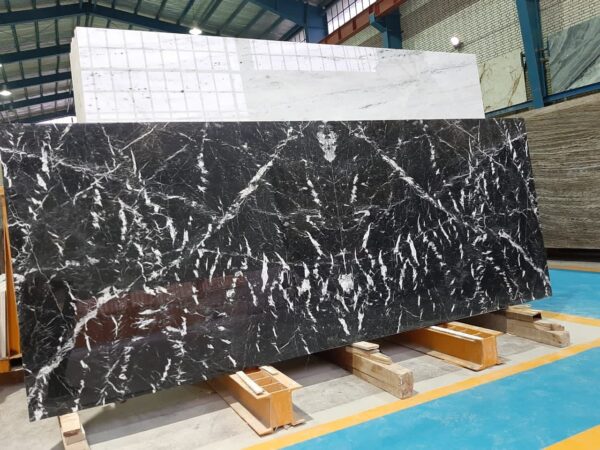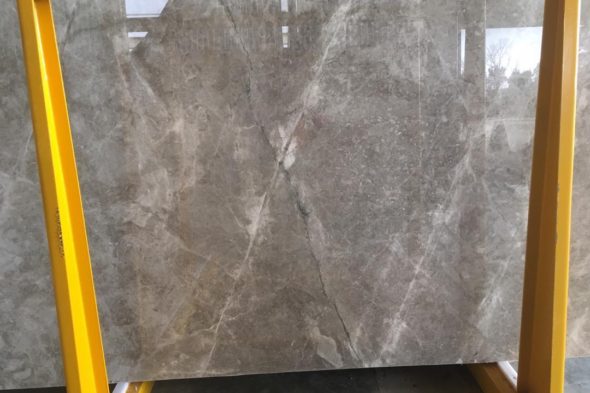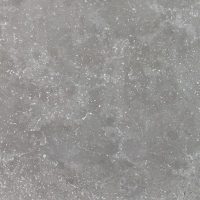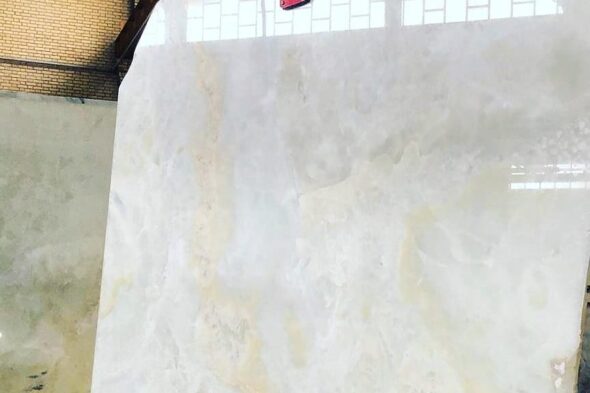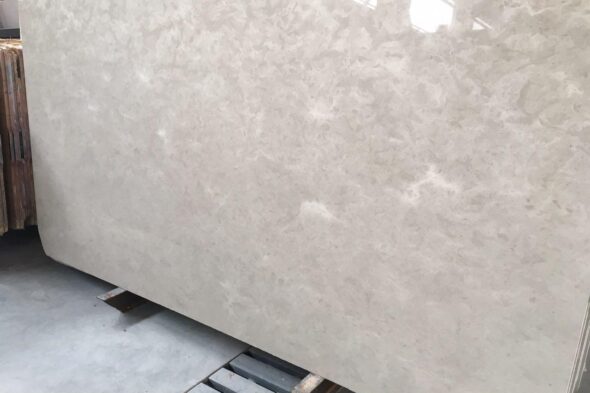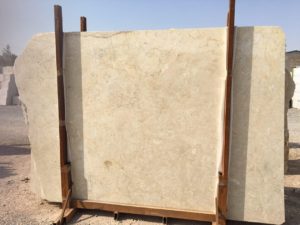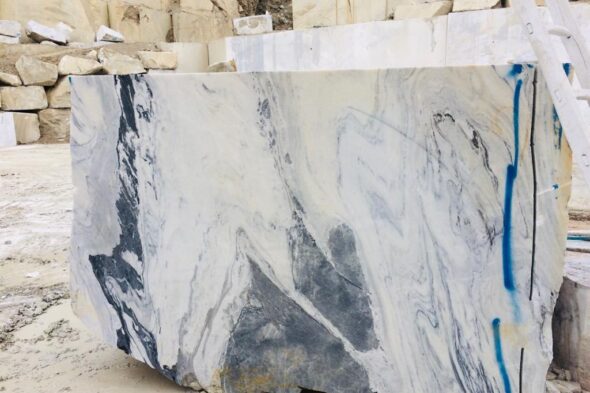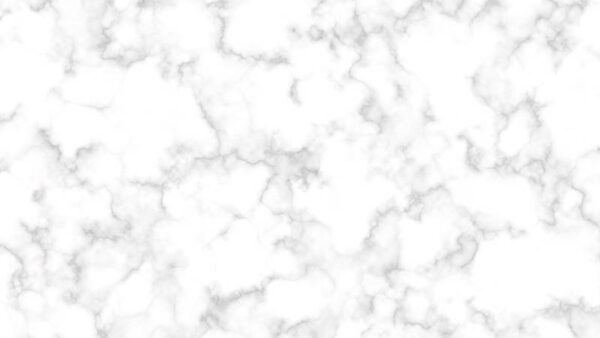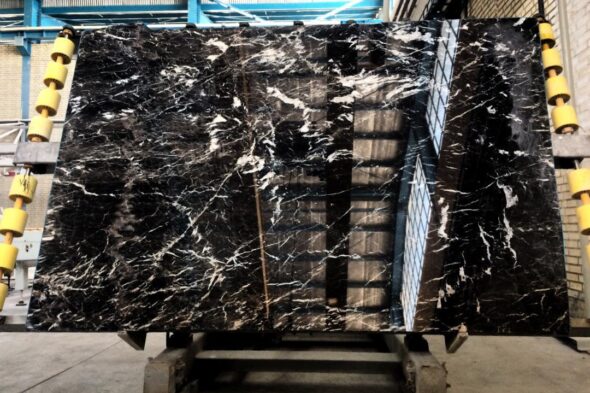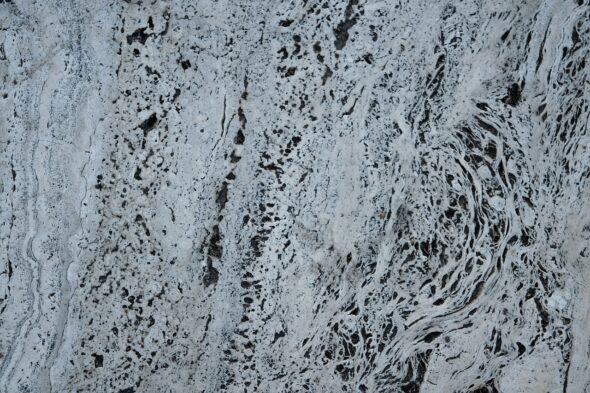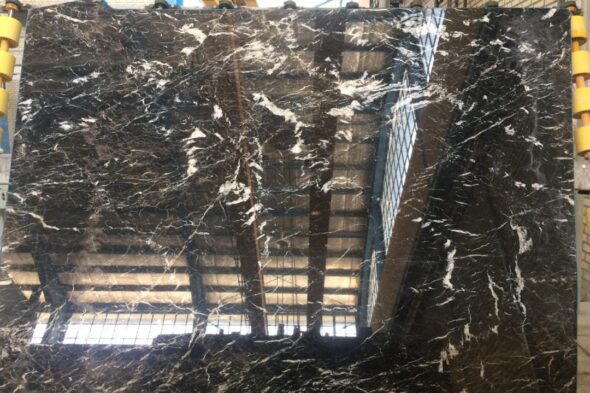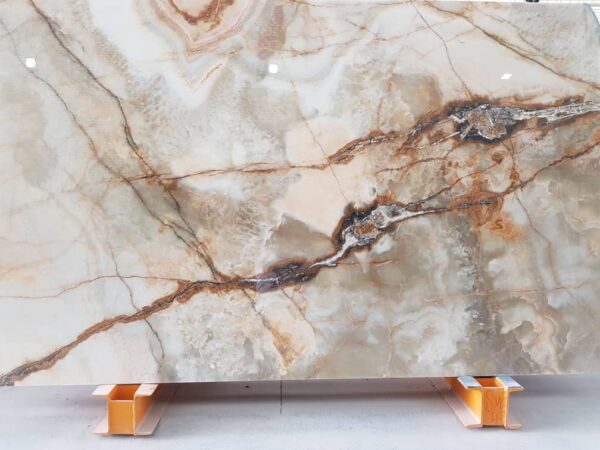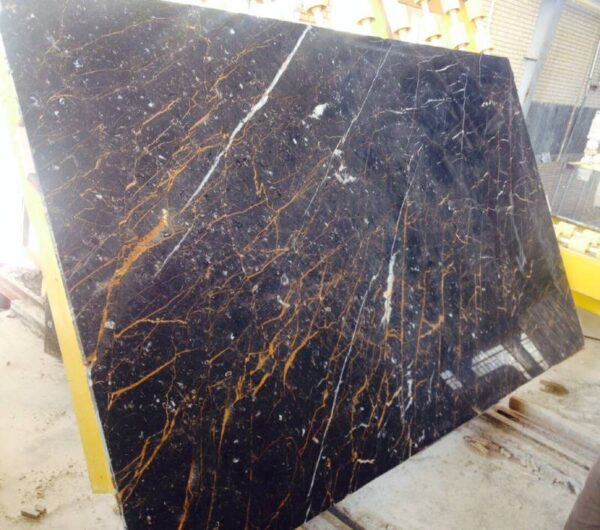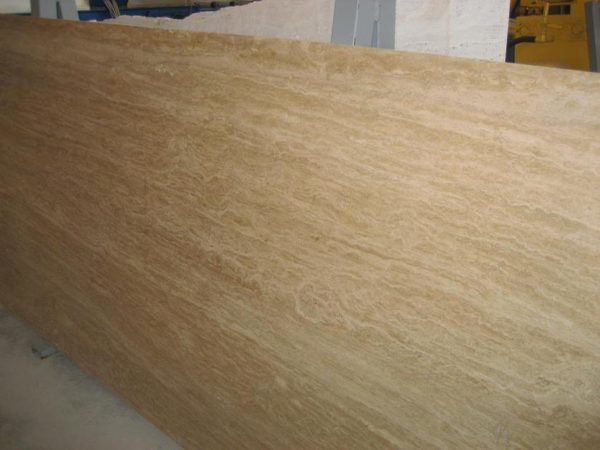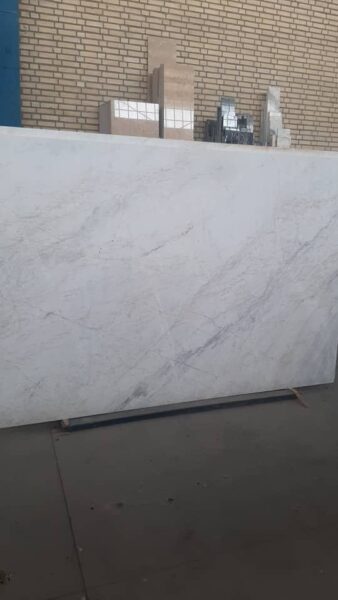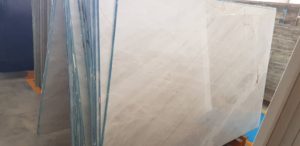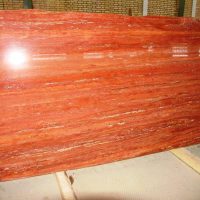A Growing Market
Mexico is one of the top producers and exporters of natural stones worldwide. Known for its rich geological diversity, Mexico offers a wide range of stones, بما في ذلك الجرانيت, رخام, and onyx, that are in high demand both domestically and internationally. The country’s stones are not only prized for their aesthetic appeal but also for their durability and versatility. This article explores the most demanded stones in Mexico and their role in the global market.
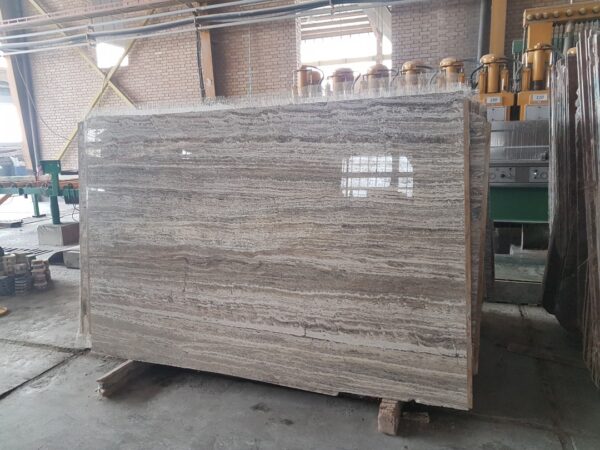

The Importance of Stone Mining in Mexico’s Economy
Stone mining is a significant sector in Mexico’s economy. The country has abundant natural resources, with various types of stone mined and processed for different uses. Mexican stones, such as granite, رخام, and onyx, are essential materials for construction, تصميم داخلي, and decoration. These stones are used in projects ranging from residential buildings to commercial structures and luxury homes.
Mexico’s stone industry continues to grow, and the demand for its products remains strong in both local and international markets. دول مثل الولايات المتحدة, كندا, and European nations are key importers of Mexican stones. As global trends shift towards natural materials, the demand for high-quality Mexican stones is expected to increase even further.
1. صوان: متين ومتعدد الاستخدامات
Granite is one of the most demanded stones in Mexico. It is known for its strength, متانة, والجمال. Mexican granite is available in a wide range of colors, including rich blacks, deep blues, and warm earth tones. Builders and designers frequently use it for countertops, أرضية, and facades due to its resistance to wear and tear.
The global demand for Mexican granite has risen significantly in recent years. International markets, especially in North America and Europe, favor Mexican granite for its high quality and competitive pricing. Its durability and range of finishes make it a popular choice for both residential and commercial projects.
2. رخام: The Elegant Choice for Luxury Projects
Marble is another highly sought-after stone in Mexico, particularly in the luxury market. Known for its classic elegance, marble is used in high-end residential and commercial projects. Mexican marble is appreciated for its fine texture and stunning veining, which makes it ideal for flooring, كونترتوب, والميزات الزخرفية.
Mexico produces a variety of marble, from soft whites and creams to rich browns and blacks. The demand for Mexican marble is high in both domestic and international markets. Its aesthetic appeal and timeless beauty make it a top choice for luxury designs, and it continues to be one of the most requested stones globally.
3. عقيق يماني: A Unique and Luxurious Stone
Onyx is a unique and luxurious stone that is increasingly in demand in Mexico. Known for its striking appearance and translucent qualities, onyx is used in decorative applications such as countertops, ميزات الإضاءة, وأغطية الجدران. Its vibrant colors and ability to be backlit make it an ideal choice for creating stunning visual effects in high-end spaces.
Mexican onyx is highly regarded for its quality and wide range of colors. It is particularly sought after for luxury residential and commercial projects. As the demand for exclusive and visually appealing materials grows, onyx is expected to remain a top choice for designers and architects.

